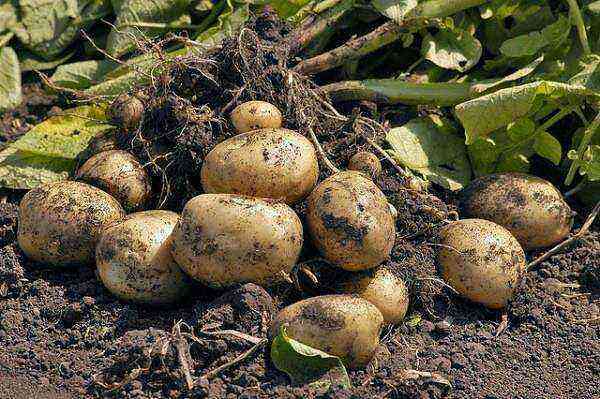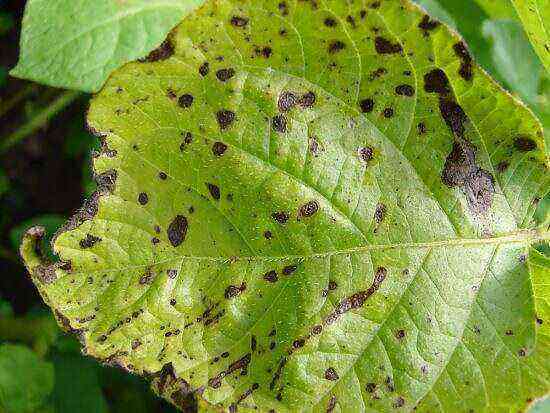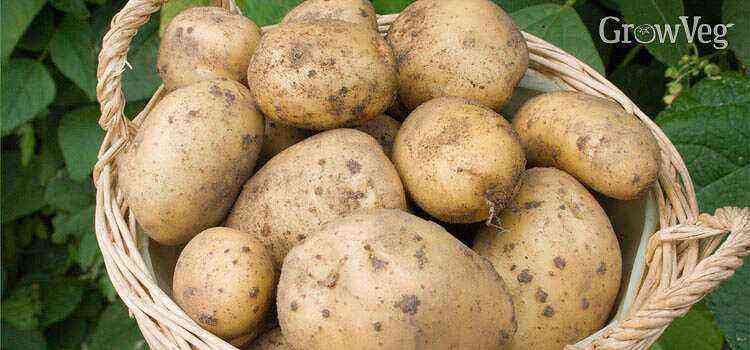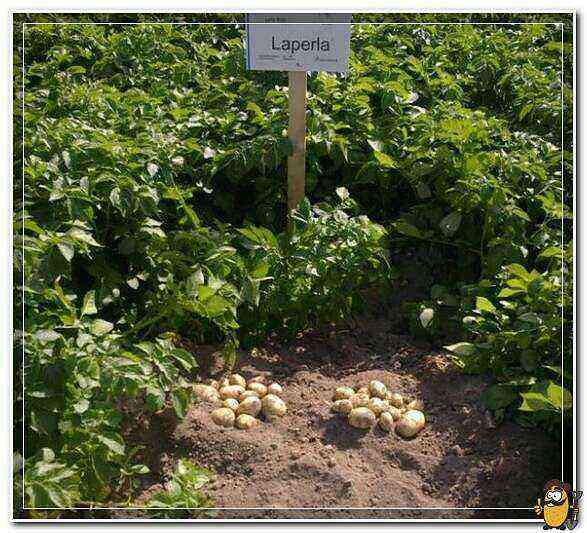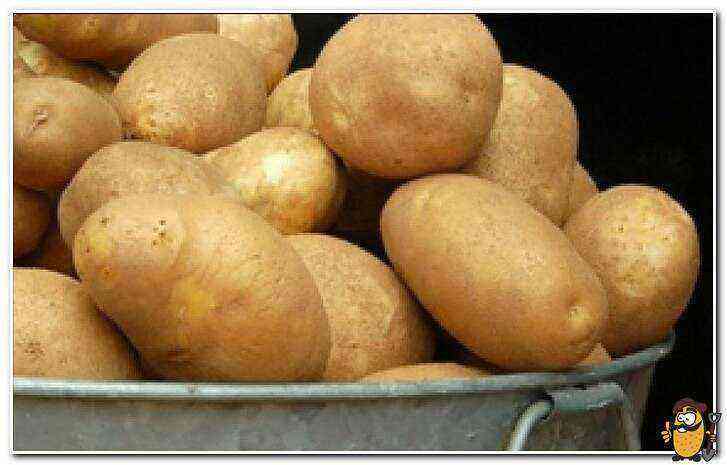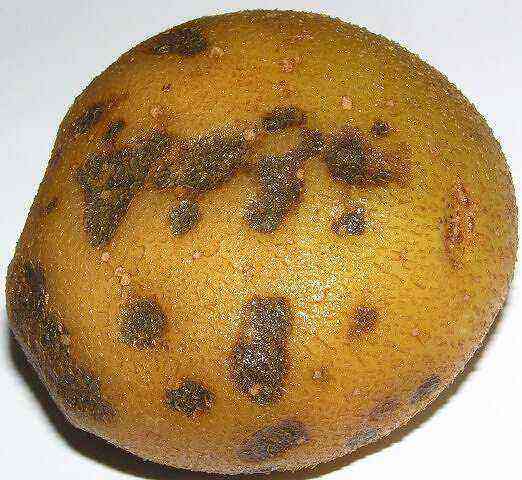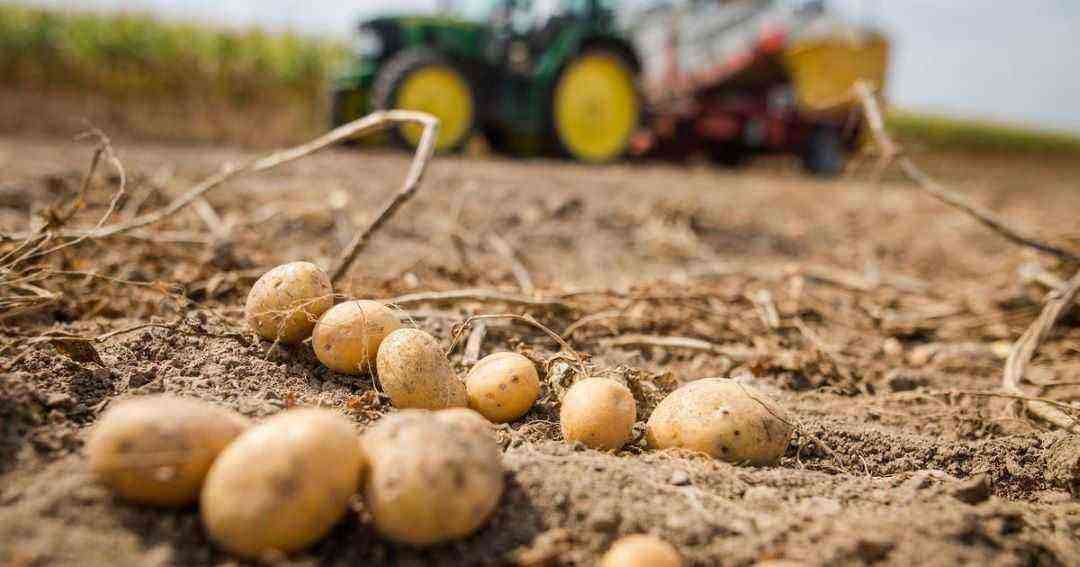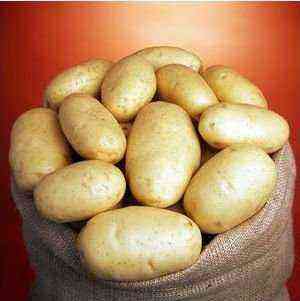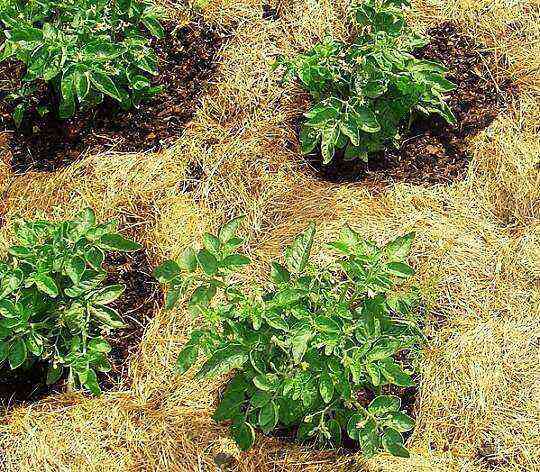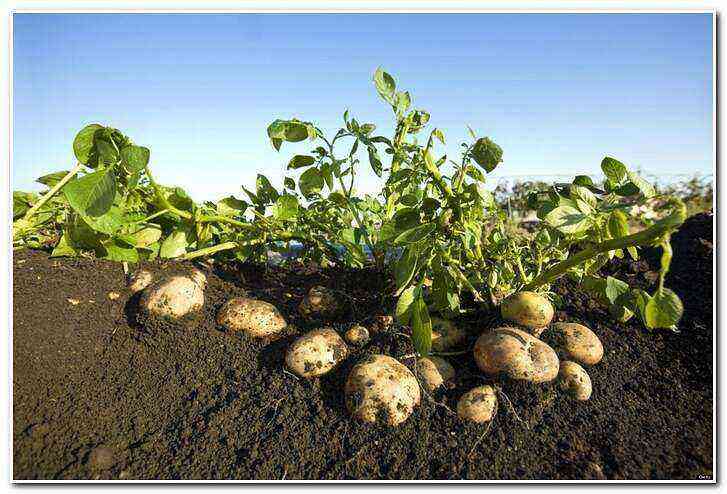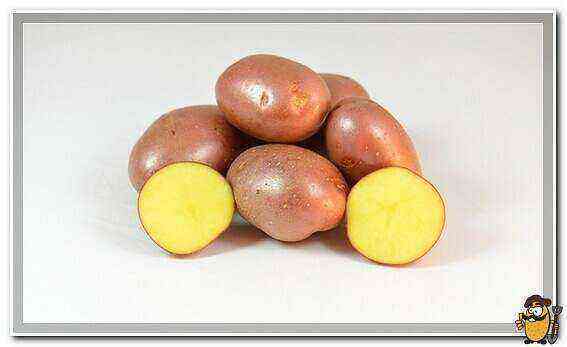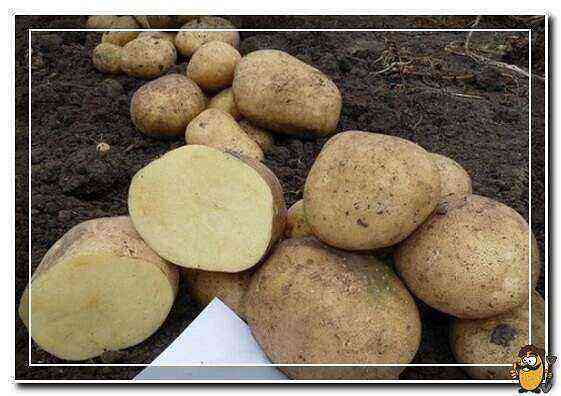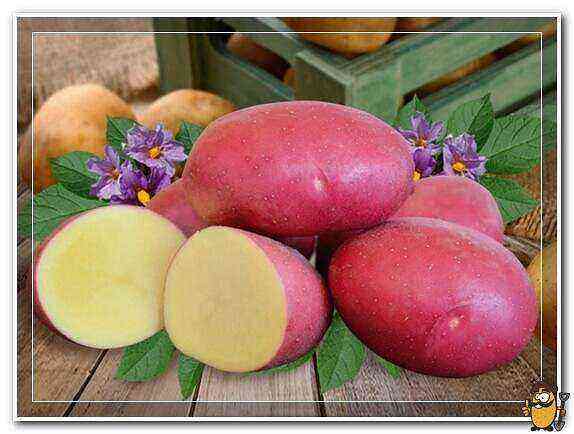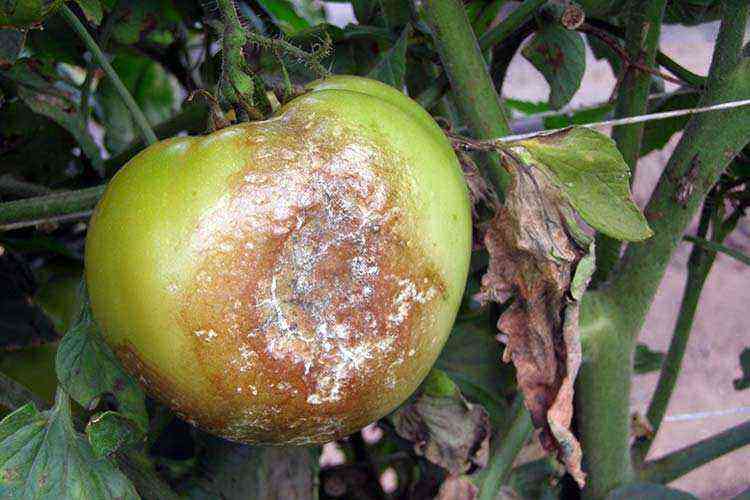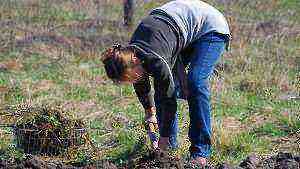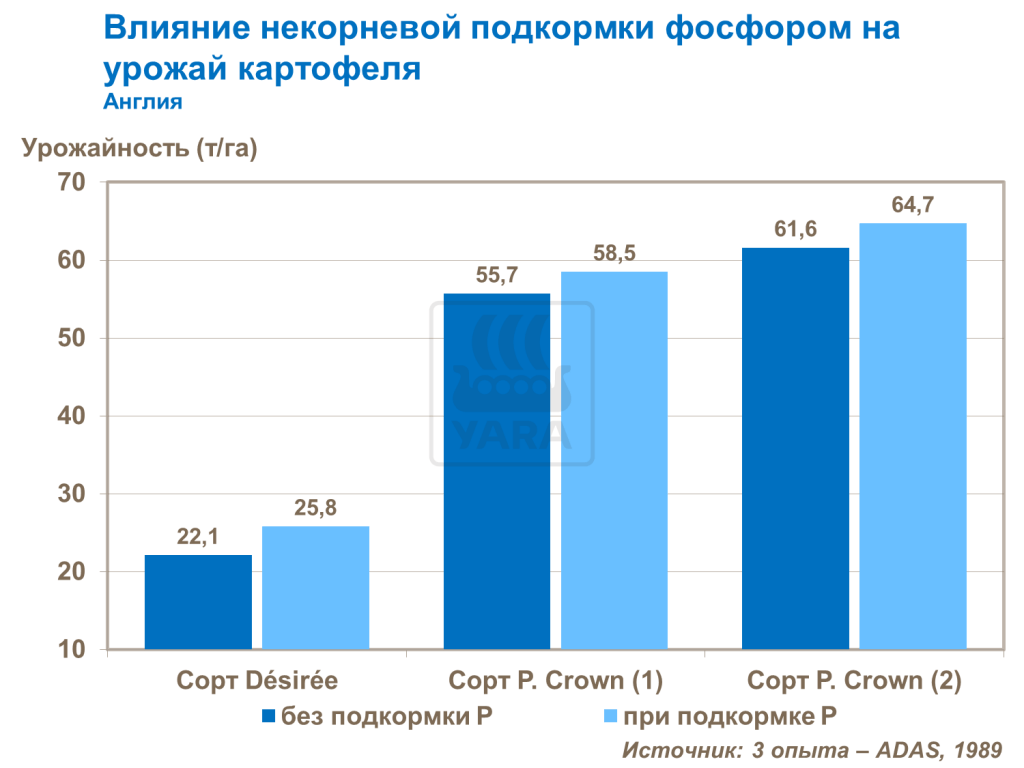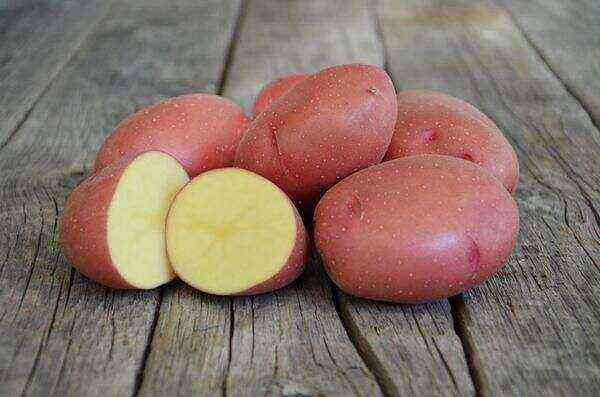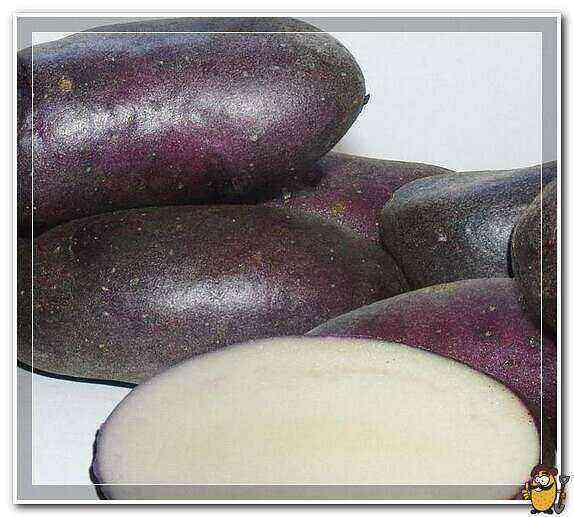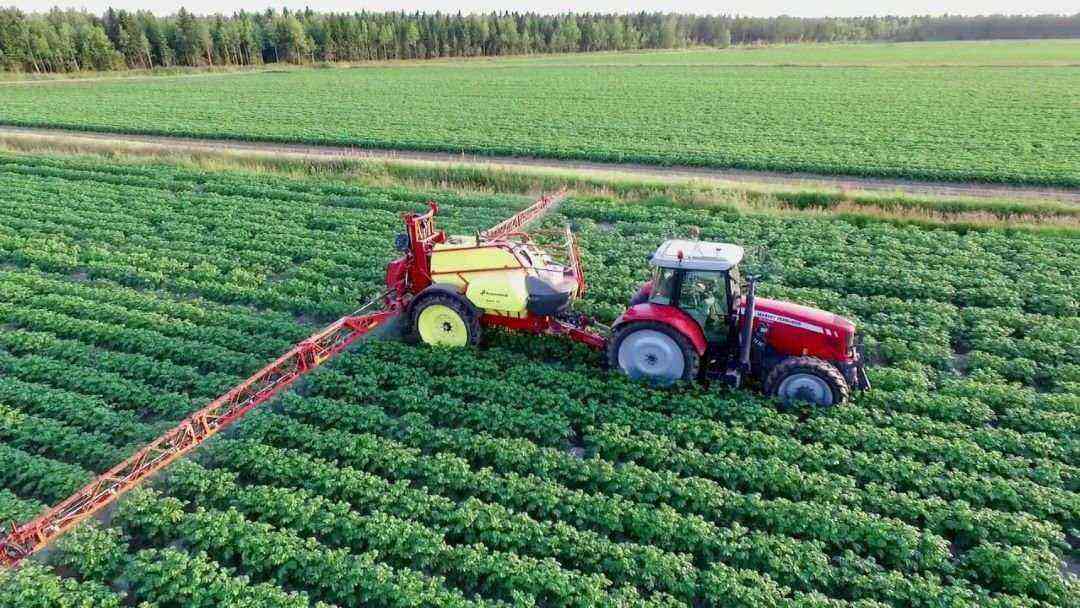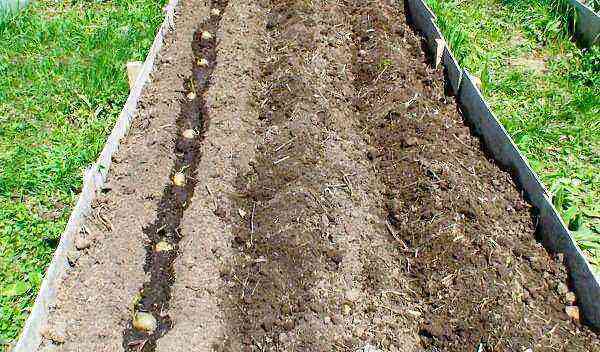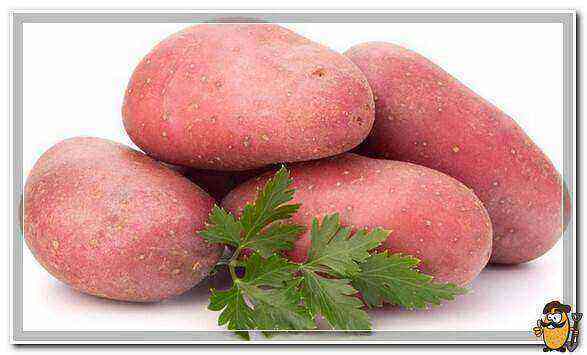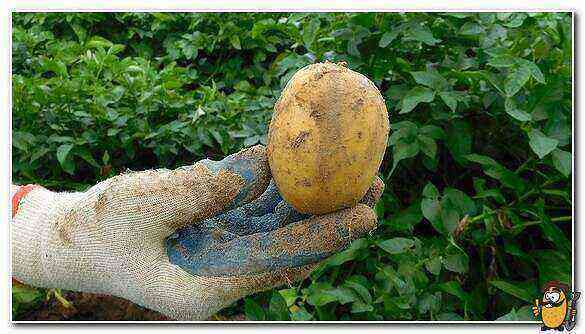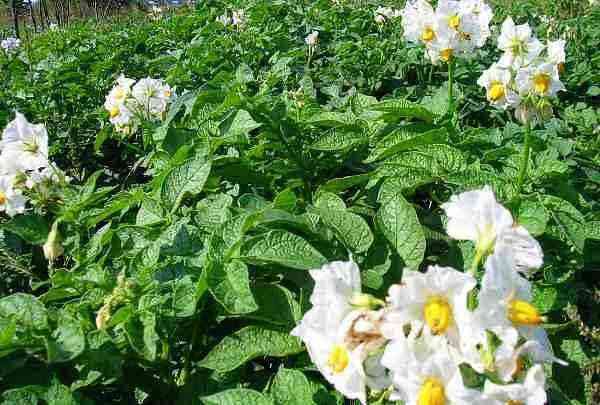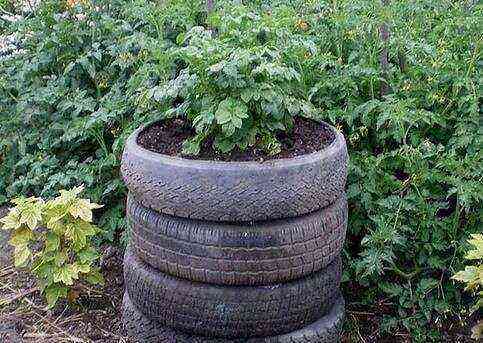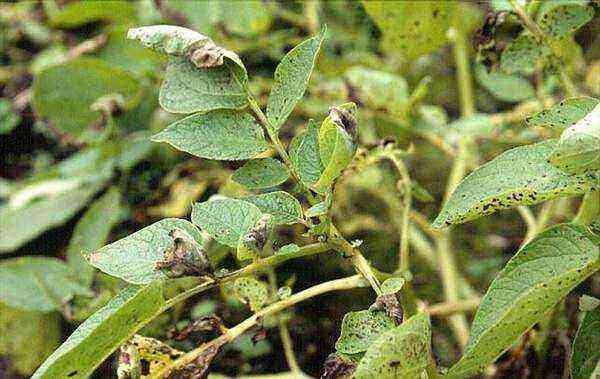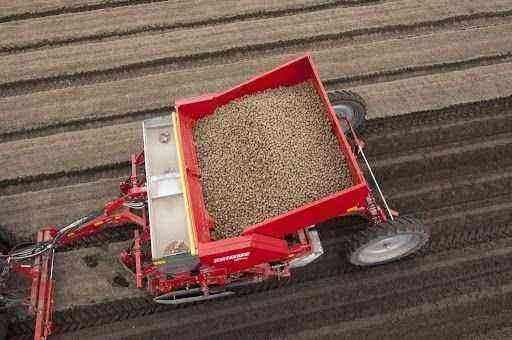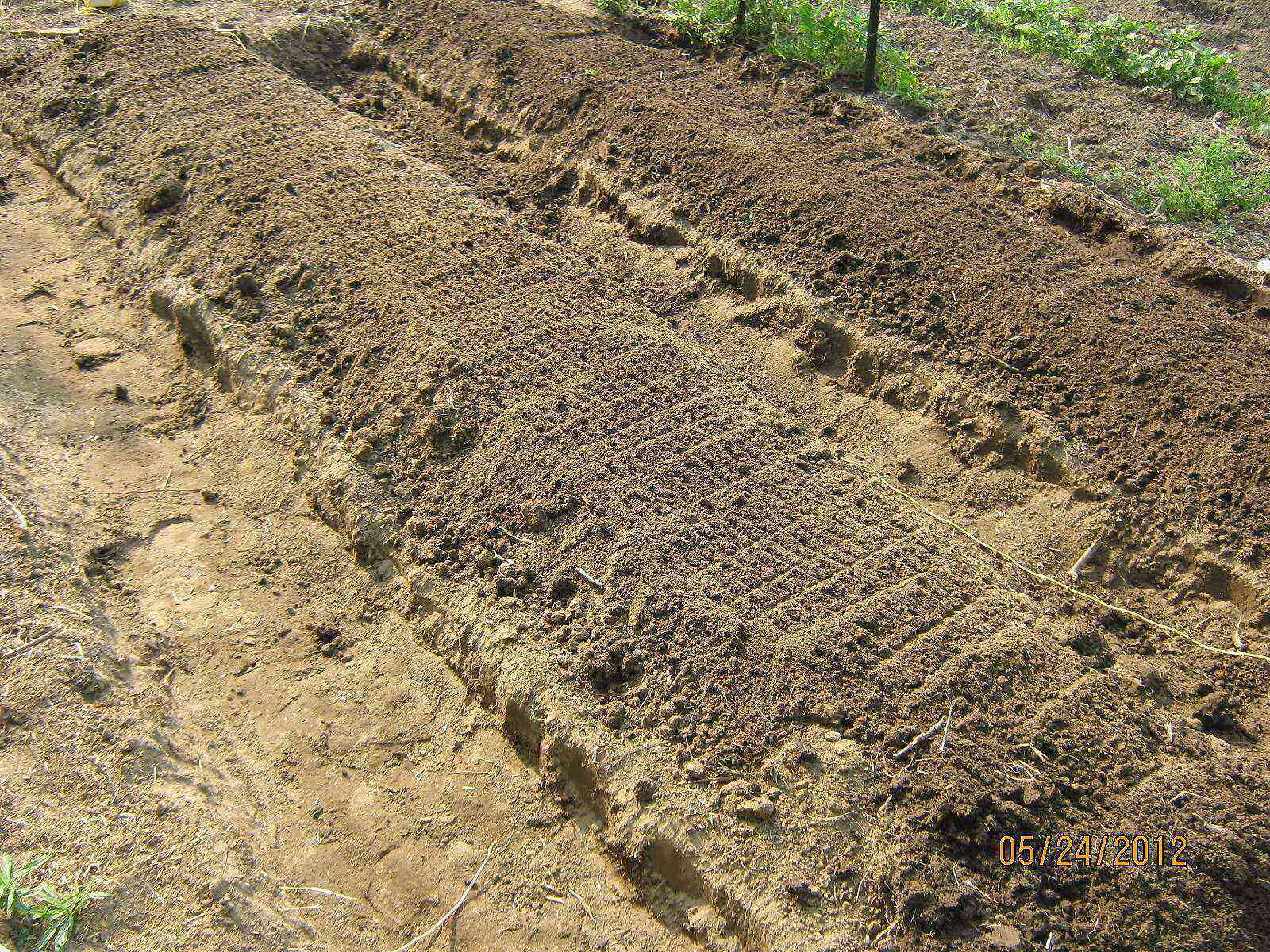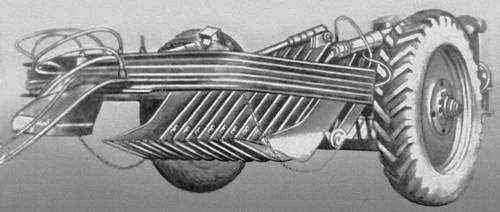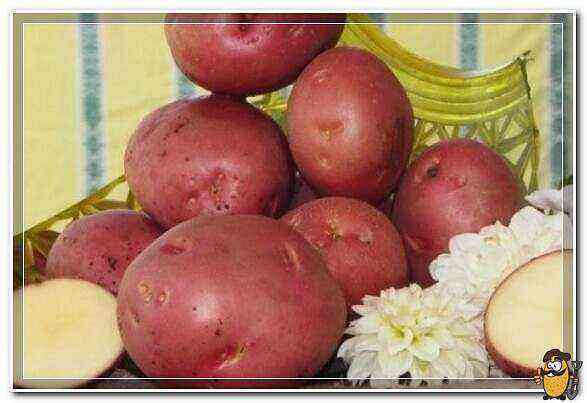Many gardeners like to grow several varieties of potatoes on their plot at once. And this is correct, because the tubers differ in terms of ripening, taste characteristics, sizes and requirements for growing. The Sineglazka potato variety is especially popular with summer residents. It got its name due to the unusual color of the tubers.
Young specimens have a light skin with pronounced bluish eyes, so this variety cannot be confused with any other. Potato lovers speak mostly positively about the taste of this vegetable.
It appeared about 70 years ago, it was bred by crossing wild and cultivated forms. The breeders liked the taste of the new potato, and they began to cultivate it en masse.
🥔 Sineglazka (potatoes): description
In amateur breeding, this variety is considered one of the most productive. In terms of ripening, it is classified as a mid-season varieties. The harvest can be started on 80-90 days, but no later than 100 days from the moment of planting. One hundred square meters gives up to 5 quintals of fairly large tubers. The mass of one average specimen is about 80-110 grams, and in total in a bush they can grow up to 12 pieces. The percentage of starch in one tuber is 15%.
The Sineglazka potato is a large, powerful plant with branchy stems, medium-sized light leaves and delicate lilac flowers. His rhizome is wide, well developed.

🌿 Brief description of tubers:
- oval shape;
- cream peel;
- eyes are not numerous, deep-set, with a bluish tinge;
- the flesh on the cut is white;
- poorly stored;
- disintegrate during cooking (too soft);
- the taste is great, you can cook a variety of dishes.
Sineglazka has one clear plus in comparison with many other varieties. She rarely suffers from potato cancer, well resists late blight and scab, and tolerates attacks of the Colorado potato beetle and golden nematode well.
🥔 Sineglazka (potato): characteristic
This variety, like any other, has its own advantages and disadvantages.
➕ Positive aspects:
- High yield.
- Excellent taste.
- Resistance to various diseases.
- Easy to grow.
- Thin peel with few eyes.
➖ Negative traits:
- Not very good storage of tubers.
- Susceptibility to attack by a wireworm.
- Tendency to gradual degeneration.
This is a fairly old variety that has a number of characteristics. For example, an early potato variety Sineglazka gives an excellent harvest under favorable weather conditions. If the weather is warm in summer with moderate rainfall, a large number of tubers of large size, not damaged by pests and with an even surface can be expected.
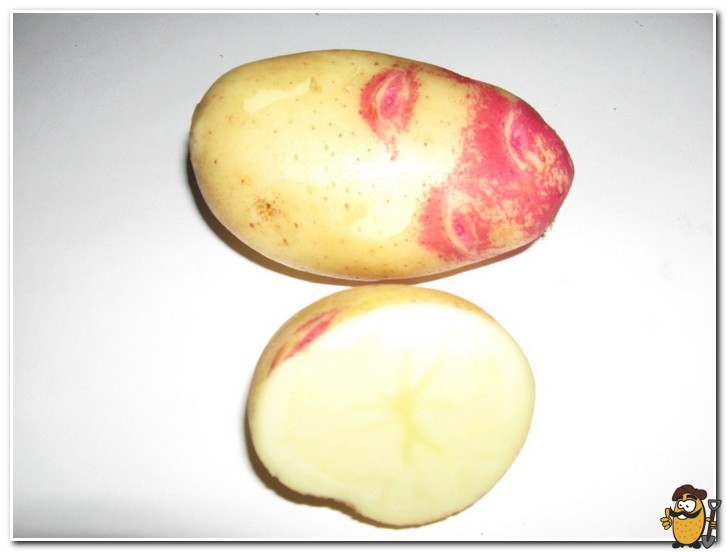
Unfortunately, the tubers of this variety tend to become smaller, due to which the yield is noticeably reduced. To prevent this, you need to periodically update the seed, purchasing it in the nearest garden centers or at fairs of gardeners.
🥔 Features of cultivation
Sineglazka seed potatoes must be prepared in advance for planting. Summer residents love to see friendly and quick shoots on their plots, but in order for them to be just like that, the tubers must be germinated in advance. Planting material is taken out of the cellar about 4 weeks before planting in the ground. It is placed in wooden boxes in 2-3 layers and placed in a warm room with diffused light. After 2 or 3 weeks (depending on the temperature in the germination room), small sprouts with small roots will appear on the tubers. And on the day of planting, it is recommended to sprinkle the sprouted potatoes with ash. Thanks to such manipulations, it is possible to achieve high rates in plant cultivation.

Before planting on the site where it is planned to grow Sineglazka, you need to scatter manure or rotted compost over the entire area. You can also go the other way – add organic matter separately to each hole, but always before laying the tuber. Planting Sineglazka potatoes is permissible when the earth warms up to a temperature of + 6-8 degrees. The place should be level and well lit. If the variety is planted in the shade, the green mass will stretch out and will not give the desired results.
It is preferable to plant Sineglazka in sandy loam or loam. Such soil has good air permeability and moisture exchange, it is able to accumulate and retain moisture for a long time. Growing in sandy soils will require more nutrients and frequent watering.
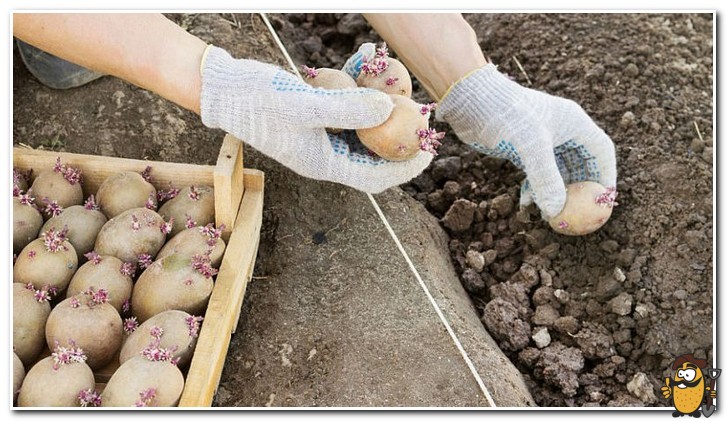
Excellent results can be achieved by growing tubers from seed. This process is longer, but very effective. You can buy Sineglazka potato seeds in specialized stores. This method of reproduction makes it possible to renew the seed without buying tubers.
🥔 Care of potatoes
Grown plants that have reached a height of 18-20 cm must be hilled. Thanks to this agrotechnical technique, a larger number of tubers will be tied on the rhizome. Also during this period, you can fertilize in the form of bird droppings or water the bushes with slurry two days before hilling.
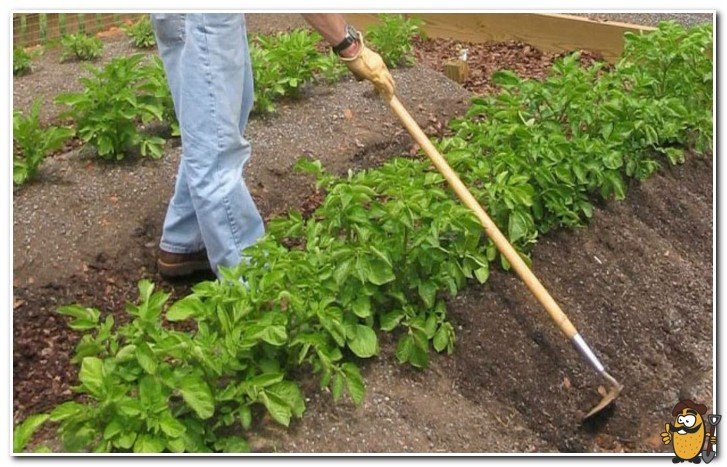
Already at the beginning of July, you can start digging in Sineglazka potatoes. The ripening time allows you to do this. Only you should not wield a shovel, extracting the entire root, but with your hand, probing and choosing those specimens that are larger. The final harvest takes place towards the end of August. By this time, the tops are very dry and the tubers stop gaining weight.
When growing potatoes, as well as other vegetable crops, one must not forget about their compatibility. This variety grows well and bears fruit in the places where cabbage, cucumbers, carrots, beets, legumes and pumpkin were grown last season. It is not recommended to plant Sineglazka in the place where tomatoes, eggplants and peppers grow, after them the harvest will be poor.
🥔 Storage
It is best to dig out crops in dry weather, using a garden pitchfork rather than a shovel. This tool will not damage the tubers, whereas the shovel can cut them with the sharp edges of its blade.
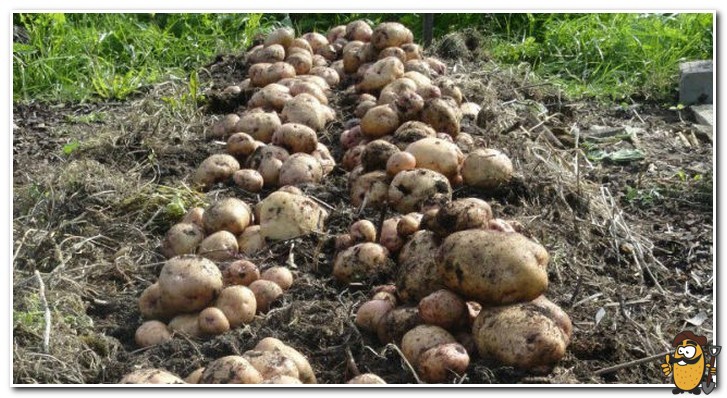
The potatoes extracted from the soil should be left for a couple of hours in the fresh air under the rays of the sun. After the “sun bath”, the peel will dry out a little, and it will be easy to remove the remaining soil from it. Then the potatoes are transferred under the shed and sorted. It is better to eat spoiled and small specimens immediately, and leave medium and large tubers for storage for the winter.
📖 Conclusion
The first name of the Sineglazka potato is Hannibal, but somehow it did not take root in our country. Sineglazka sounds much nicer and purer in our way. But no matter how you call this variety, it will still remain a favorite plant of all gardeners. And if you ask the hostesses which mashed potatoes are the most tender and delicious, they will unanimously answer: “From Sineglazka.”
